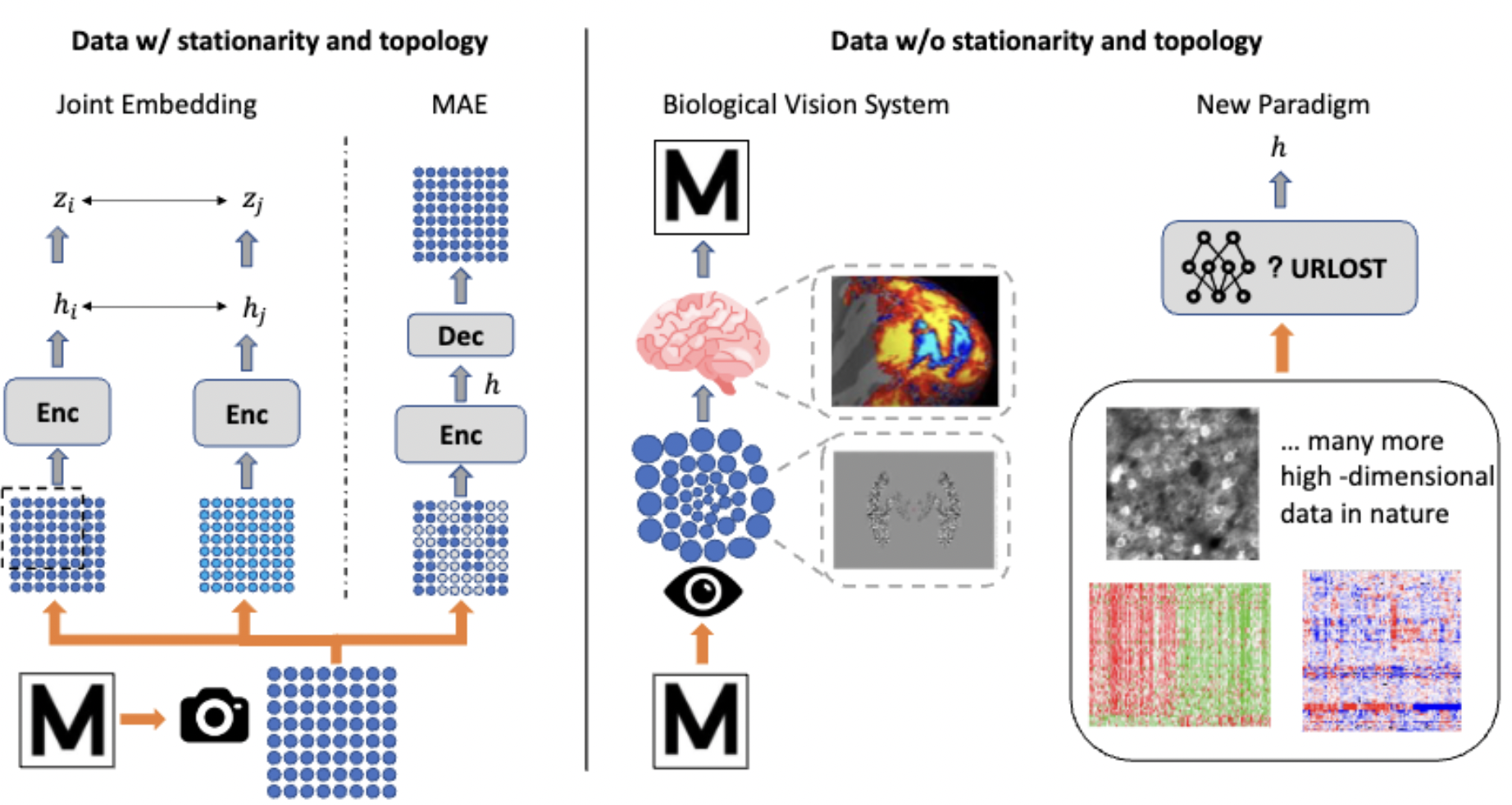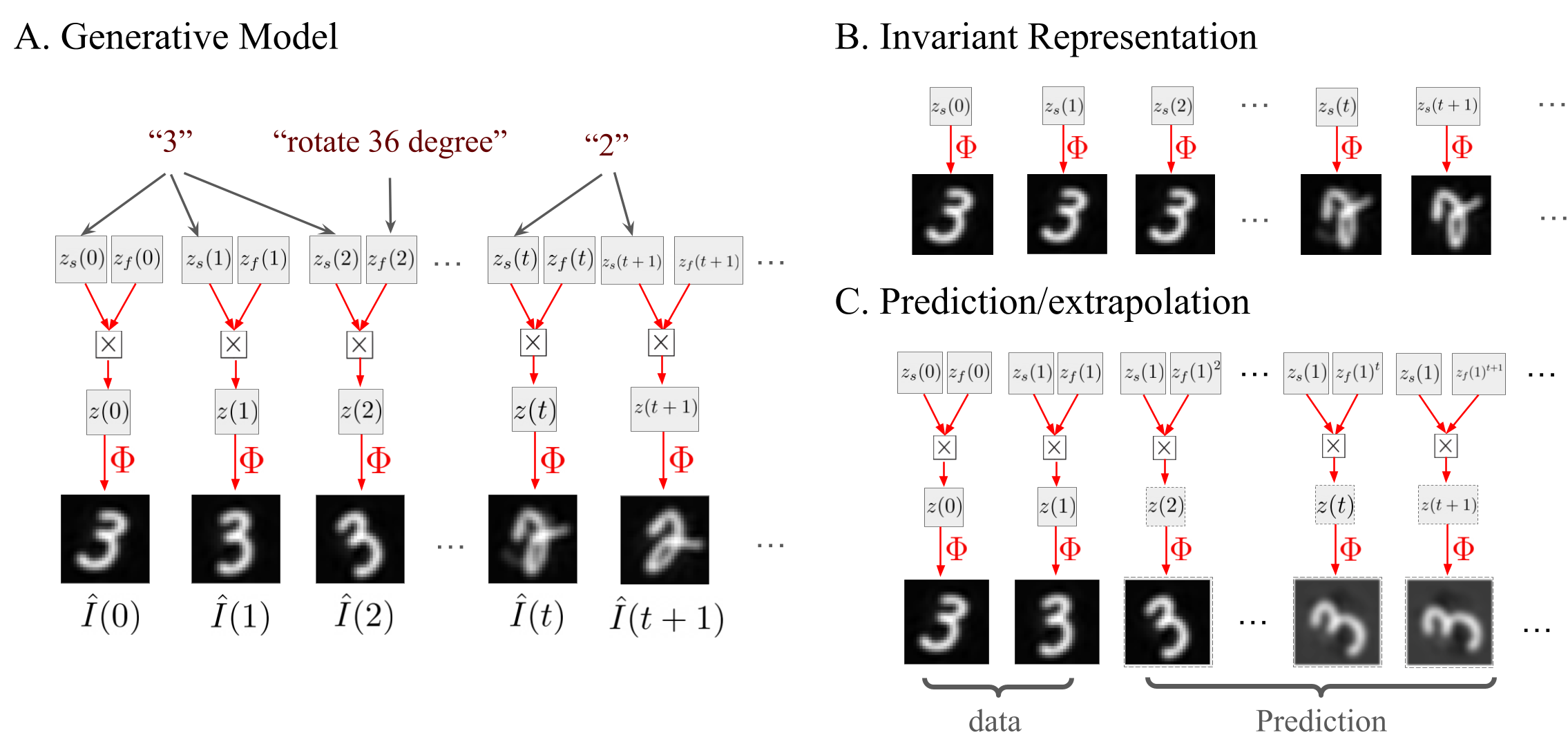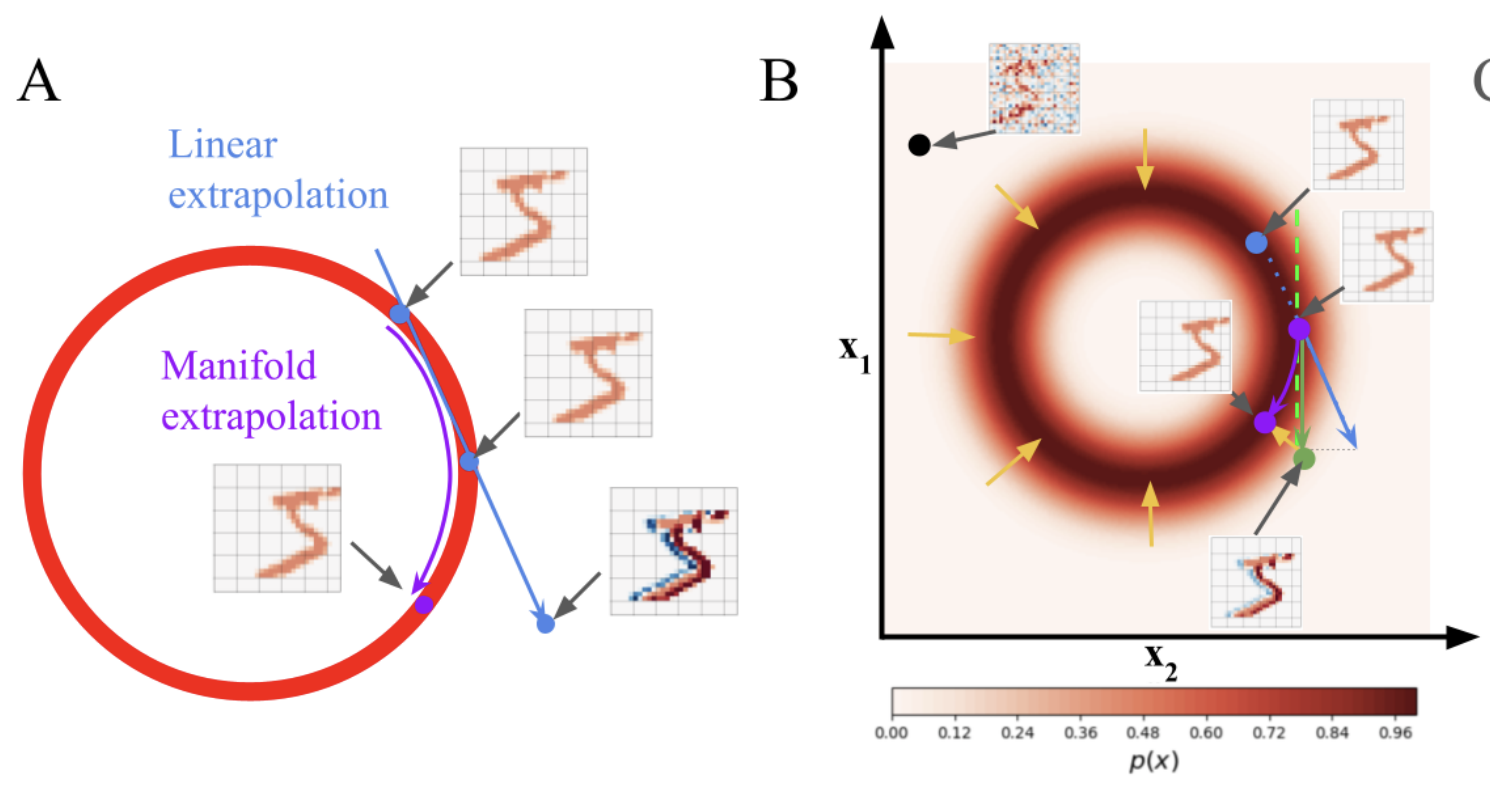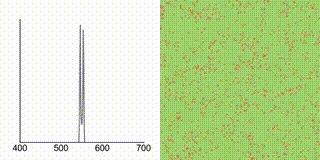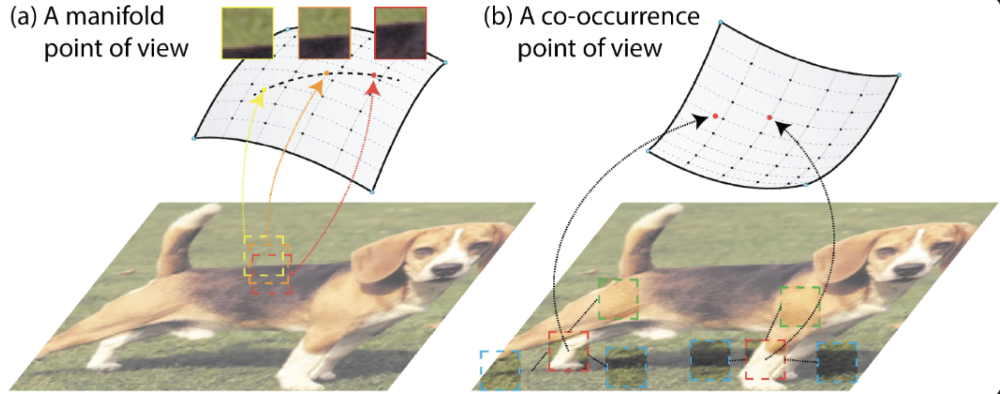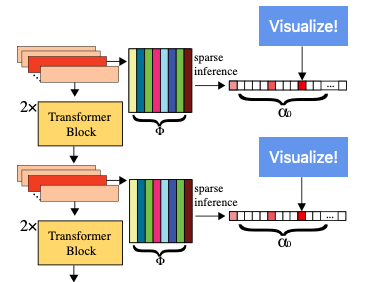URLOST: Unsupervised representation learning without stationarity or topology
[arXiv]ICLR 2025
We developed an unsupervised learning model for generic high dimensional data. The model demonstrated exceptional performance across diverse data modalities from neural recording to gene expression.
